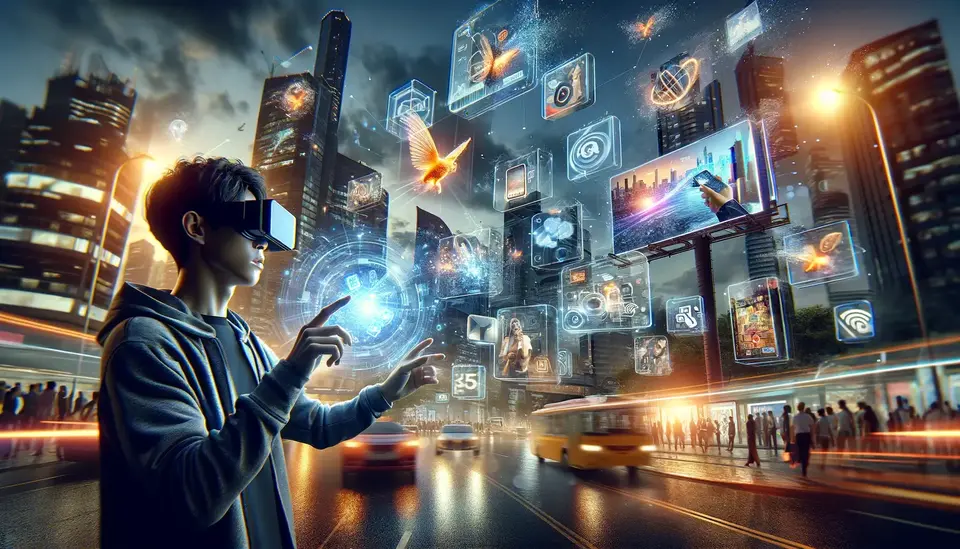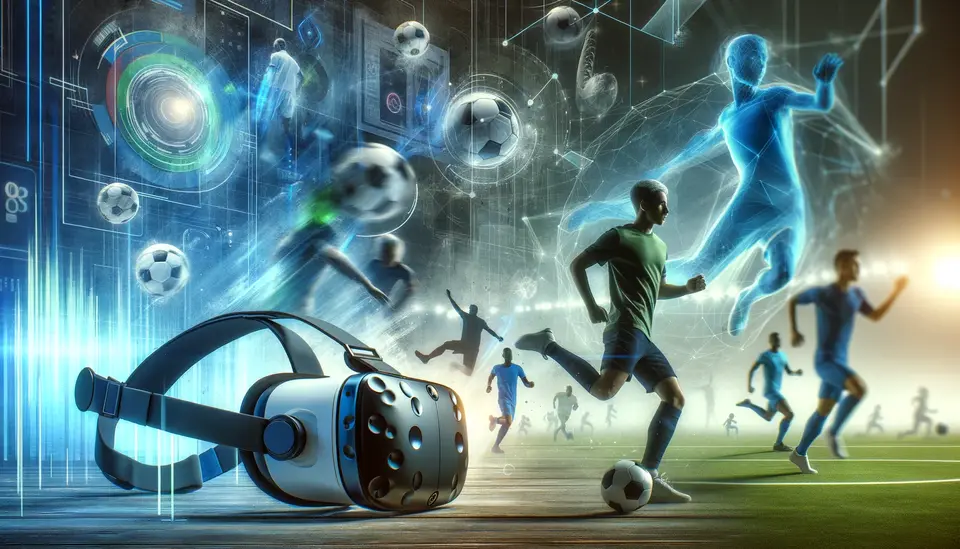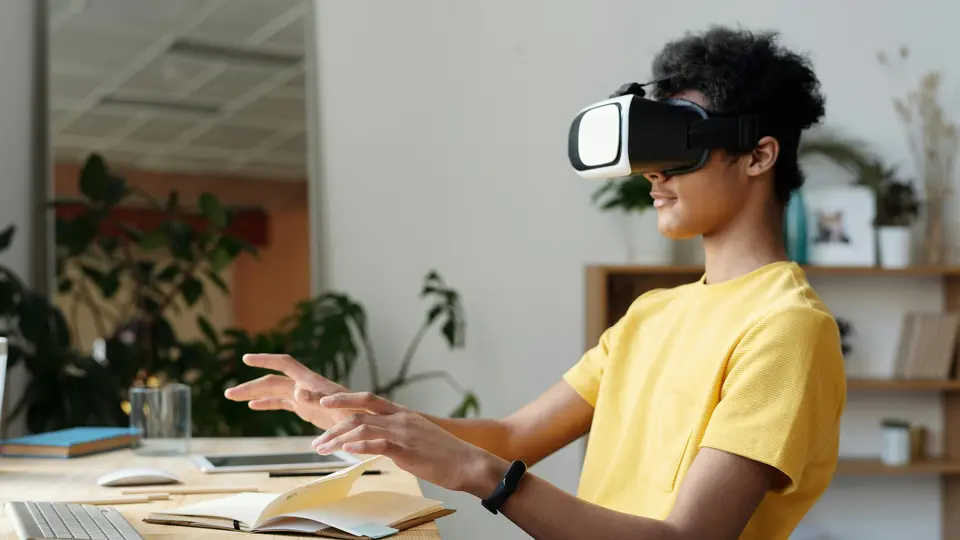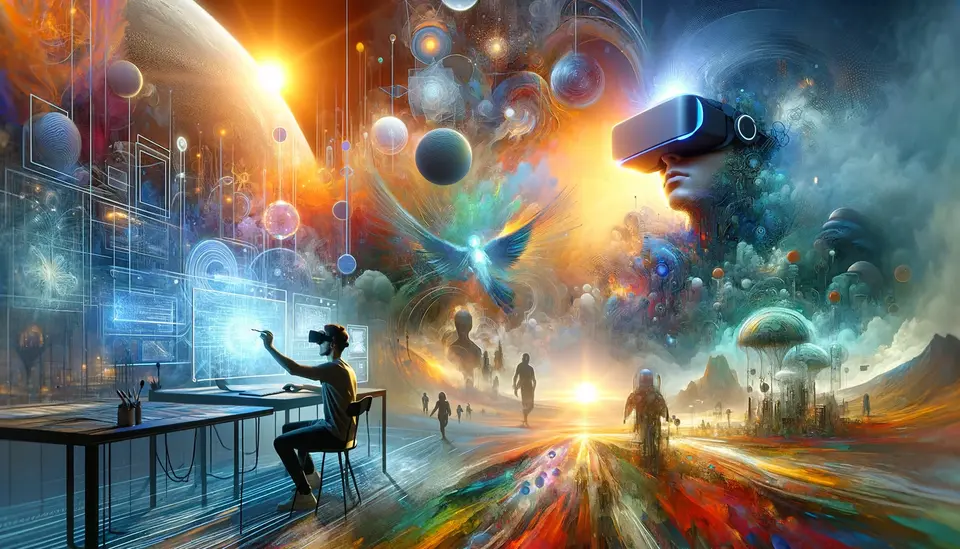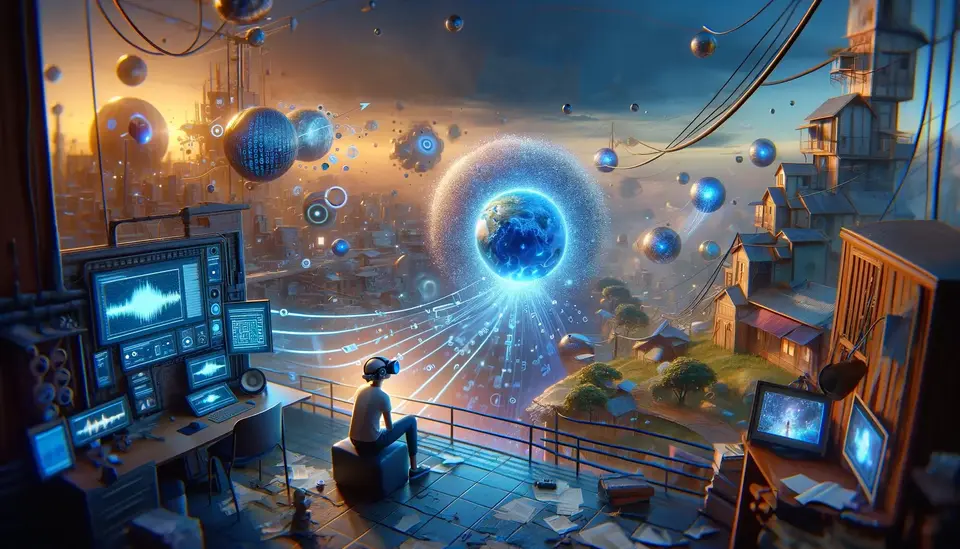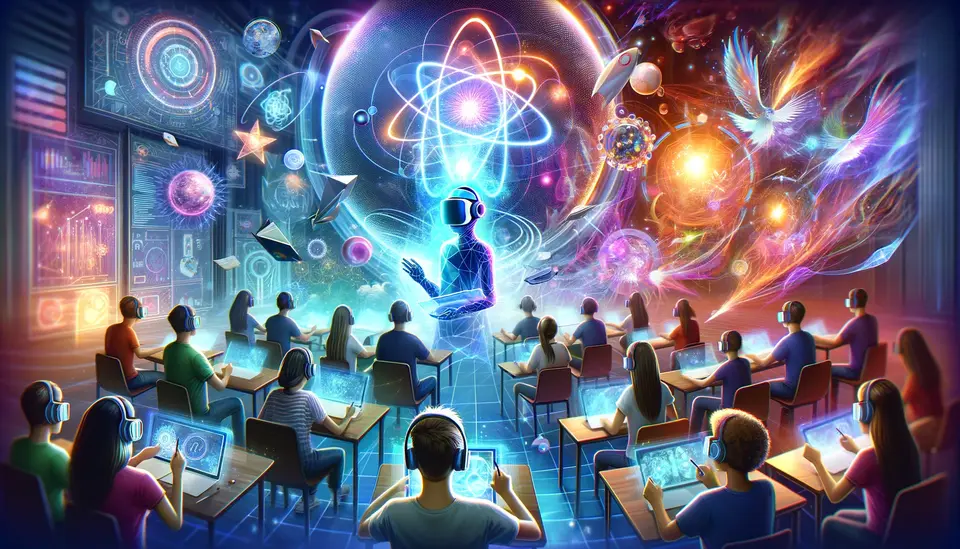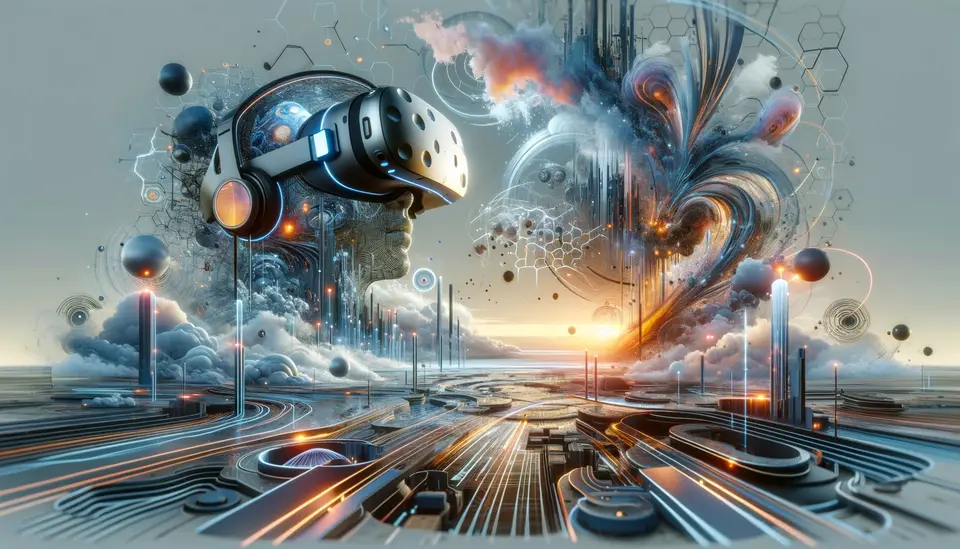Real Examples and Use Cases of Virtual Reality (VR) in Advertising
Posted on March 16, 2024 4 minutes 752 words
Table of contents
Introduction
In the ever-evolving world of advertising, Virtual Reality (VR) stands out as a groundbreaking technology, offering immersive and interactive experiences that traditional mediums cannot match. This blog post aims to explore the innovative applications of VR in the advertising industry, highlighting how it’s not just changing the game but also creating new rules for engagement and storytelling. From immersive campaigns to interactive brand narratives, we delve into real-world examples where VR is making a significant impact in advertising.
Virtual Reality: A New Frontier in Advertising
Virtual Reality, the technology that transports users to three-dimensional, computer-generated environments, is revolutionizing the advertising industry. VR’s ability to immerse users in a completely virtual world offers unparalleled opportunities for brands to connect with their audience. Unlike traditional advertising, which often observes a one-way communication model, VR creates a two-way interactive experience, allowing consumers to engage with brands in a more meaningful and memorable way. The benefits of VR in advertising extend beyond just novelty; they offer a new dimension of storytelling, user engagement, and emotional connection with the audience.
Showcasing Real-Life Examples of VR in Advertising
As Virtual Reality (VR) continues to evolve, it’s carving a niche in the world of advertising, offering unparalleled immersive experiences that traditional mediums can’t match. In this section, we delve deeper into some compelling real-life examples of VR in advertising. These cases illustrate VR’s unique ability to captivate audiences, enrich brand narratives, and create interactive environments that drive consumer engagement to new heights.
Immersive VR Ad Campaigns
Automotive Brand’s Virtual Test Drives
A luxury car manufacturer developed an immersive VR experience that simulated driving their latest model through a variety of scenic routes. This VR campaign, accessible in showrooms and selected public events, allowed customers to experience the car’s performance in diverse environments.
Results and Reception: The campaign successfully increased customer interest and engagement, offering a more interactive and comprehensive experience than traditional test drives or static displays.
VR in Brand Storytelling
Beverage Brand’s Historical Journey
A globally recognized beverage brand leveraged VR to transport consumers through a virtual museum showcasing the company’s rich history and evolution. This journey included interactive elements like historic advertisements and iconic product designs.
Enhancing Brand Identity: This unique storytelling approach deepened customers’ understanding of the brand’s legacy and values, fostering a stronger emotional connection.
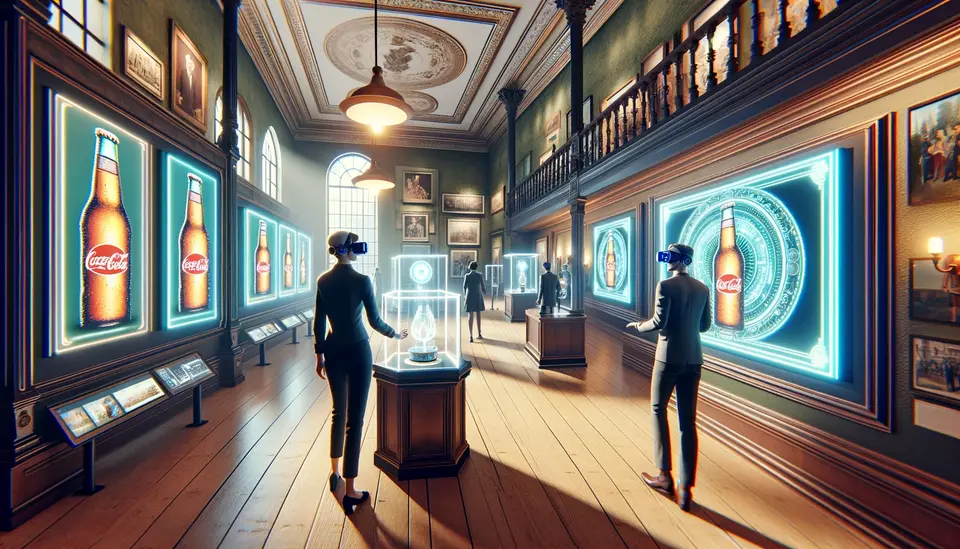
VR for Enhanced Consumer Interaction
Fashion Industry’s Virtual Runway Shows
A renowned fashion label hosted a VR-enabled runway show, offering a virtual front-row experience to a global audience. This innovative approach allowed viewers to witness new collections in a highly immersive and interactive setting.
Global Reach and Impact: The VR runway show expanded the brand’s reach, transcending physical boundaries and making high-fashion more accessible and inclusive.
VR’s Influence on Consumer Decisions
Real Estate Virtual Property Tours
In a groundbreaking move, a real estate agency introduced VR tours for property listings, enabling prospective buyers to explore properties remotely in a comprehensive and interactive manner.
Effect on Sales Process: These VR tours proved to be a powerful tool in the decision-making process, offering a realistic feel of the property and accelerating the purchasing cycle.
These examples highlight the transformative impact of VR in the realm of advertising. From creating immersive brand experiences to facilitating informed consumer decisions, VR’s role in advertising is proving to be not just innovative but also effective in forging deeper connections between brands and their audiences.
Comparing VR with Traditional Advertising Mediums
VR advertising stands out for its ability to create immersive, interactive experiences that go beyond the capabilities of traditional advertising. While traditional mediums can inform and persuade, VR uniquely offers a ’try before you buy’ experience that fosters a deeper connection between the consumer and the brand. However, the challenge lies in accessibility and the current need for specialized equipment, which can limit the reach compared to more universal traditional media.
The Future of VR in Advertising
The future of VR in advertising is poised for expansive growth. As the technology becomes more accessible and integrated into standard consumer devices, its potential for creating innovative and engaging advertising campaigns is boundless. We can anticipate more personalized, emotionally resonant, and experiential advertising campaigns that leverage the full potential of VR technology.
Conclusion
Virtual Reality is rapidly transforming the advertising landscape, offering new avenues for brands to engage with consumers and tell their stories. By embracing VR, advertisers can create experiences that are not only captivating but also foster a deeper emotional connection with their audience.

